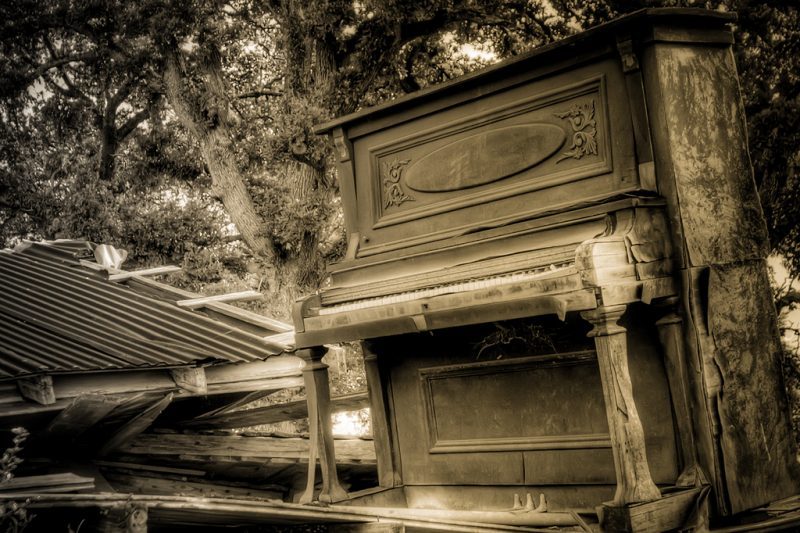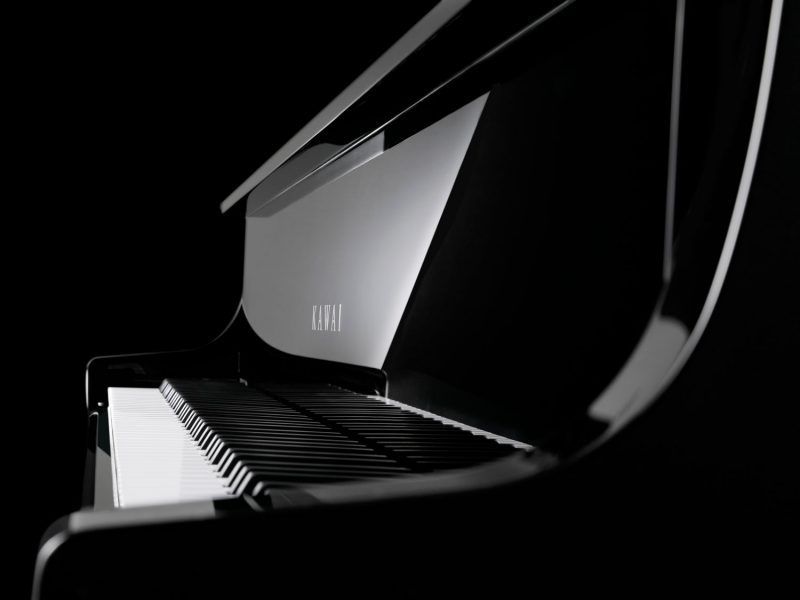🎹How to Buy a Used Piano - Tips, Questions to Ask, and What to Look For🎹
Introduction
In this article we’re exploring the question of how to buy a used piano and what to look for, so you can avoid falling into the trap of over-paying or under-researching a used piano that you might be looking at. Shopping for a used piano can certainly be more challenging than shopping for a brand new piano, but fortunately, most of the things to be wary of are easy to see, if you know what to look for.
How to Buy a Used Piano Review Video Description
If you’re a parent, student or somebody in need of an instrument, whether it’s an upright or grand, and you’re on the hunt for a used instrument for some cost savings, and whether from a dealer or Craigslist, you’d probably like to know what you should be looking for. What are the red flags that should send you in a different direction? What are the differences between Japanese brands like Yamaha and Kawai vs older American made brands like Baldwin and Mason & Hamlin? What are the things that should be causing you to pick up the phone to call a grand piano technician or a piano tuner to further assess the condition of the piano? We’re going to give you a few quick tips on things that’ll let you know whether the instrument is a good candidate to continue looking into, or whether it’s something that you should probably pass on.
Pianos Don’t Age Like Wine

It’s important to remember that any piano (whether that’s an acoustic piano or even digital piano for that matter) is a machine. This is not the same as a violin, cello, guitar or even a brass instrument where there’s a relatively small number of moving parts and a lot of natural materials that are maturing and curing over time. The important thing to know right away is that unlike those other instruments, pianos never get better with age, even super high-quality pianos. The only exception to that might be for the first few years when an instrument is opening up and the action’s getting broken in. You could make the argument that a piano four or five years into its ownership is a better playing instrument than one on the day you got it. But 50 or 100 years down the road, the instrument is simply not going to be as good as the day it left the factory.
There are over 6,000 parts in a piano and a lot of those parts are undergoing serious stresses and forces that gradually break down these natural materials over time. Eventually, these natural materials just deteriorate and stop performing as they were originally supposed to, and contrary to what a Steinway dealer might tell you, no piano is an appreciating asset. If you’re unsure about a piano’s age, you can find out by looking up the serial number on a google search.
Key Bushings:
In terms of specific mechanical things that are important to watch for that’ll let you know whether a used piano has possibly been overused, abused, or just under-maintained, we’re going to start with the keys. There are some aesthetic considerations that can be quite obvious as you can see whether the key is damaged, chipped and whether some of the keys are stained or have yellowed over time. But one of the most important things you can do to quickly check whether the keys are in good condition is to press the keys from side to side and see how much play there is. There is supposed to be some play, I would say it’s somewhere between one to two millimeters that you should be able to push the key back and forth to the left and the right, however you should not be able to press the key from one side and have it touch the next key. This is a good way to tell whether the bushings are worn out or not. If you are able to press that key so it touches the very next key, there’s a good chance that the bushings are worn out and the action will feel very loose. The player’s sense of control is going to be a lot lower. If you wanted to improve upon that, you may have to embark on a somewhat costly repair of either replacing the bushings.
Key Leveling:

The second thing to check would be to take a look at the level of the keys. Are there a lot of white or black keys sitting at different heights? This is not necessarily an expensive problem but it is a sign that the instrument has probably not been maintained very well and it needs what’s called regulation. Regulation is essentially a term that refers to resetting all of the moving parts in the piano so that the keys are sitting at the right height and the hammers are striking at the right point in the string. Regulation can take a couple of hours or if it’s something that’s really significantly out of sync, possibly a couple of days worth of work.
Worn Hammers:
The third thing to check is to look at the tip of the hammers. Now, it is normal to see some level of grooving – you’ll often see three lines in the hammer with a small amount of indentation. However, if you see the hammers and to the touch, they’re extremely hard, to the point that they don’t feel like felt anymore, this is a sign of either a badly worn hammer or possibly a hammer that’s completely at the end of its life. With a hammer this worn the tone is going to be very bright and metallic, and it’s possible that the hammer has been treated with chemicals over the course of its life and can’t really be resuscitated.
Strings:

There are two types of piano strings. The strings in the lower register are copper, whereas the strings in the mid-range and treble are steel. Metal gradually corrodes over time, so at some point in a piano’s life, the strings will need to be replaced. Look for discoloration, rust, and corrosion to see if the strings may need to be replaced.
Soundboard:
A piano’s soundboard is the large piece of wood that generates the majority of the tone that you hear when you play the instrument. On an upright piano, the soundboard is located at the back of the piano, whereas on a grand piano its located under the metal plate and strings. The soundboard essentially acts like a big speaker cone by amplifying the sound of the strings, which is conveyed to the soundboard via the bridge. When in the process of buying a used piano, make sure that you don’t buy a used piano that has a cracked soundboard.
In reality, cracks in a soundboard are not necessarily a bad thing. It can be and so that’s where a lot of that alarm comes from. For example, if the crack crosses a rib or you hear a lot of buzzing when the piano is played, then it’s very expensive and very problematic to try and fix that crack. A soundboard crack that isn’t really a concern is one that will appear fairly straight, like a dark line where you can see that the wood has kind of separated. This isn’t going to have any musical effect on the instrument as a whole if the crack is not causing buzzing, and not situated across any ribs on the soundboard. No doubt it is going to affect the resale value due to the stigma, but if you’re buying a used piano to have it as a musical instrument and it’s not causing those issues and you like everything else about the piano, including the price, then don’t let this be an absolute deal killer.
Pinblock:
The pinblock is the large piece of wood that the tuning pins emerge from. If the pinblock is cracked, it’s very unlikely the piano will be able to hold it’s tune, and replacing a pinblock is fairly expensive and time-consuming. Have a look at the pinblock to make sure you don’t see any cracking.
Summary:
If you’re looking for a piano to be that’s ready to be played with minimal maintenance, then these are red flags that should probably steer you away from one particular piano and towards another used instrument or new instrument if the budget allows for it. Once you’ve found an instrument that you like and it’s passed all of those tests you can take the further step of contacting a local technician or piano tuner and having them give an independent assessment of the instrument as well. Or if you’re dealing with a local dealer that you trust and has a really strong reputation, you could always have them produce a written, signed assessment of the instrument for your records as well. Happy shopping.

